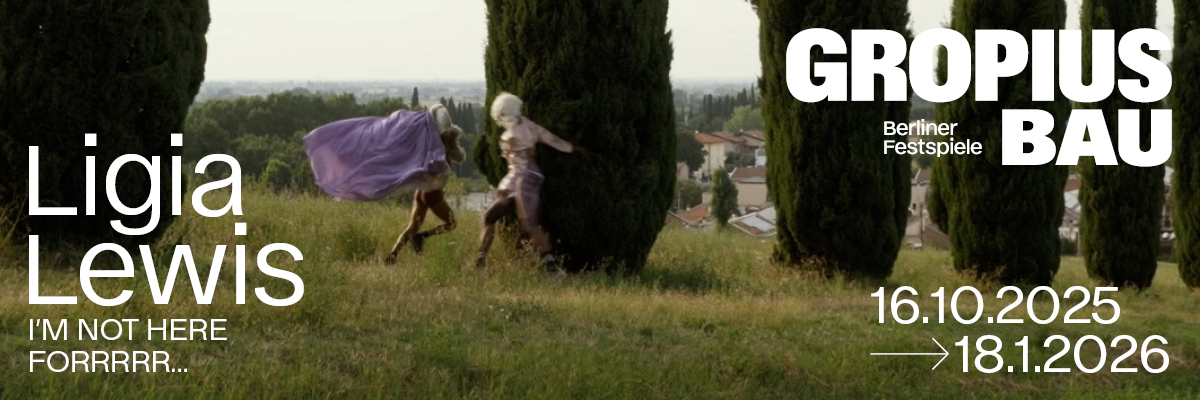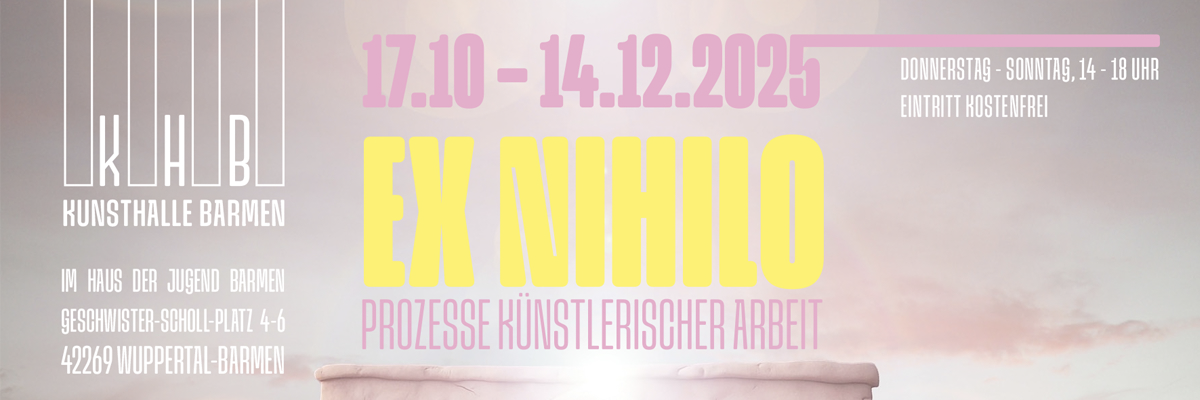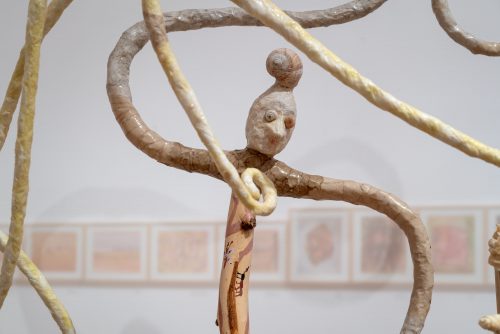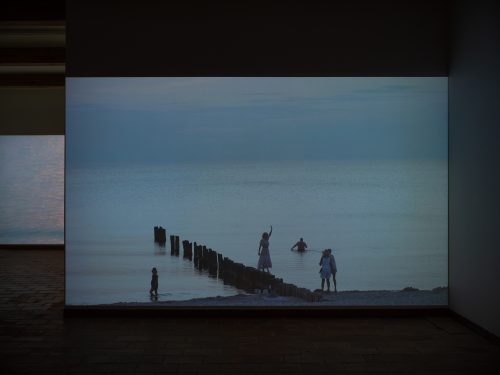
Céline Ducrot, Karsten Födinger
Céline Ducrot & Karsten Födinger

Installation view: Céline Ducrot & Karsten Födinger, Kadel Willborn, Düsseldorf, 2023
Advertisement

Installation view: Céline Ducrot & Karsten Födinger, Kadel Willborn, Düsseldorf, 2023

Installation view: Céline Ducrot & Karsten Födinger, Kadel Willborn, Düsseldorf, 2023

Installation view: Céline Ducrot & Karsten Födinger, Kadel Willborn, Düsseldorf, 2023

Installation view: Céline Ducrot & Karsten Födinger, Kadel Willborn, Düsseldorf, 2023

Installation view: Céline Ducrot & Karsten Födinger, Kadel Willborn, Düsseldorf, 2023

Installation view: Céline Ducrot & Karsten Födinger, Kadel Willborn, Düsseldorf, 2023
Céline Ducrot´s work speaks to concurrent themes of wellness. Wellness or wellbeing are words that have become a vital aspect of today’s social and economic life. To be well is both a luxury and a challenge. The figures can be read to depict states of being both well or unwell and the grey areas left in between.
In her current exhibition Céline Ducrot presents a series of large and medium format works. Each painting, which includes two or more figures, is rendered in airbrush on MDF board. The airbrush is a small, handheld dispenser, that once triggered, causes paint to be automatized into a fine mist, which is then applied to a surface. This acrylic and compressed-air mixture achieves precision via the artist’s hand, as she physically distributes and controls the intensity, radius and spray pattern onto the painting. The extension of this painterly technique was pioneered in the 1920s by Man Ray, the main representative of Dadaism, who experimented with the so-called Rayograph.
Céline Ducrot´s paintings have a formal vocabulary characterized by her use of color, composition and meticulous attention to detail. Control and attention to detail are innate qualities in her work. She uses a steady-hand as well as precision tools to achieve her signature sharp, crisp lines and accurate shapes and forms.
Color is also a major player in her work, with this series utilizing primarily yellow and blue hues. Blue, bleak landscapes and dark, shadowy tones are much of what we encounter in juxtaposition to the occasional enlightened or illuminated body. The warm orange, brown tones of the the figures jump out of the pictorial plain in comparison to the subdued, complementary blue tones that blend into the backdrops and interiorscapes.
Throughout the paintings, we recognize familiar scenes and themes through a surreal lens. The works present dreamlike scenarios that encourage or reflect on the necessity of taking ones time and observing ones mental, physical or emotional wellness. The figures are depicted sharing a safe space with one another, in regards to location or proximity. These safe spaces feature several storylines written with shared subject matter. For instance, the robust characters are seen holding hands in the fresh air with the security of a small circle of people, or taking time to light candles and benefit from the use of elixirs while bathing, literally watching the time pass with the dripping of wax and the melting of candles. Others, gardening with a bonsai tree and tending to its leaves while having ones hair groomed, lounging around and succumbing to the written word, and enjoying the taste, smell or effect of a mushroom.
Céline Ducrot's painting impressively combines and expands art-historical aspects of Surrealism and Dadaism with the present, whereby the basic human needs of closeness and well-being are timeless.
Karsten Födinger´s work could get called „Radical Sculpture“, investigating both the options and limits of material and statics of construction structures. He is an artist whose work is site specific and site responsive at once, architectural and sculptural, minimalist and process oriented. It is innately related to space and its possible „shapes“. Building materials and tools such as concrete, stone, wood, trowels, hammers, measuring sticks or formwork form the core DNA of Karsten Födinger's work.
In the context of the exhibition Karsten Födinger presents three, towering sculptures that were constructed within the gallery walls and extend across the first two rooms. Each work measures between 2,6 and three meters in height. The works resemble an architecturally accurate column, or support system, although they are acting as neither. The structure is without architectural function. The columns’ dimensions follow structurally precise, standard construction guidelines. The outer shell of the work is comprised of an intricate system of lines. Composed of high carbon steel rebar, vertical bars and spiral-anchored reinforcements make up the basic construct of the sculptures. The pleasing vertical and horizontal lines join together to create a geometric mesh outer shell. The column is stabilized at the bottom by 8, 90-degree angled feet, bent outward from the body of the sculpture, forming the base. The interior ‚stuffing‘ of the column is made of concrete. The concrete solution is mixed with water, but left in a moderately dry, sandy state. The cement mixture is then poured, bucket by bucket, into the hollow column. The mix is held together only by the rebar mesh, allowing for some particles to fall and gather on the floor at the base of the column. Although the steel structure suggests stability, this is dissolved by the collapsing concrete mixture. In this sense, Karsten Födinger's architectural sculptures embody structures of human action and communication, which are always characterized by the tension between permanence/transience, reliability/uncertainty. Art theorist Anna Rosellini formulates it very aptly: „His investigation into the statics of structures must be seen in the context of the discovery of the fragility of the very structure that contains very human construction: the Earth.“




